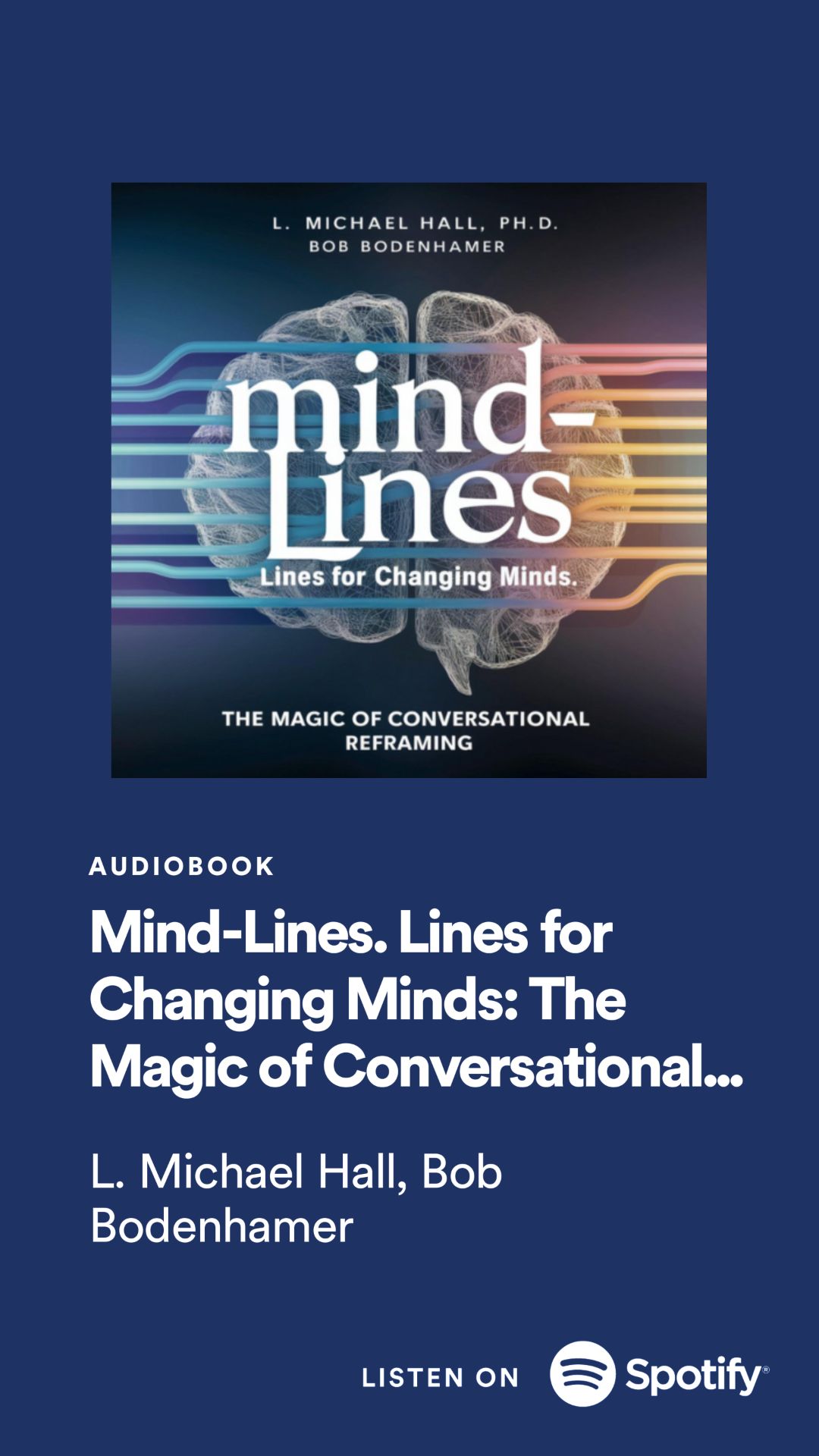Attention-Deficit/Hyperactivity Disorder (ADHD) is a neurodevelopmental disorder that affects many children worldwide. Managing ADHD symptoms can be challenging, but with the help of medication, children can experience significant improvements in their focus, attention, and overall quality of life. In this article, we will delve into the most popular ADHD medications for children, providing an overview of each medication's key features, benefits, potential side effects, and considerations.
Adderall XR (amphetamine): Adderall XR is a widely prescribed medication that contains a combination of amphetamine salts. It belongs to a class of drugs known as stimulants, which work by increasing the levels of certain chemicals in the brain that regulate attention and behavior. Adderall XR provides extended-release effects, allowing for once-daily dosing. Common side effects may include loss of appetite, sleep disturbances, and increased heart rate.
Concerta (methylphenidate): Concerta is a long-acting formulation of methylphenidate, another stimulant medication commonly used to treat ADHD in children. It provides sustained symptom control throughout the day, eliminating the need for multiple doses. Concerta is available in different strengths, allowing for individualized treatment. Side effects may include stomach upset, decreased appetite, and trouble sleeping.
Evekeo (amphetamine): Evekeo is another amphetamine-based medication used to treat ADHD in children. It provides immediate-release effects, meaning its benefits are felt shortly after administration. Evekeo is often prescribed when a short-acting medication is required or when flexibility in dosing is needed. Side effects may include increased blood pressure, restlessness, and reduced appetite.
Focalin XR (methylphenidate): Focalin XR is an extended-release formulation of methylphenidate, offering symptom relief for up to 12 hours. It is designed to minimize the "rebound effect" commonly experienced as the medication wears off. Focalin XR provides consistent coverage throughout the day, promoting improved focus and attention. Potential side effects include stomachache, headache, and anxiety.
Quillivant XR (methylphenidate): Quillivant XR is a liquid, extended-release formulation of methylphenidate, suitable for children who have difficulty swallowing pills. Its extended-release mechanism provides long-lasting symptom control. The liquid format allows for dose adjustment based on individual needs. Side effects may include decreased appetite, trouble sleeping, and increased blood pressure.
Ritalin (methylphenidate): Ritalin is an immediate-release methylphenidate medication that has been widely used for decades to manage ADHD symptoms in children. It provides relatively short-term effects and is typically administered multiple times a day. Ritalin offers flexibility in dosing, making it useful in tailoring treatment to the child's needs. Common side effects include nervousness, stomachache, and increased blood pressure.
Strattera (atomoxetine hydrochloride): Strattera is a non-stimulant medication approved for the treatment of ADHD. Unlike stimulants, Strattera works by affecting the levels of norepinephrine in the brain. It is a suitable option for children who do not tolerate or respond well to stimulant medications. Strattera may take several weeks to achieve optimal results, and common side effects include upset stomach, fatigue, and decreased appetite.
Vyvanse (lisdexamfetamine dimesylate): Vyvanse is a prodrug stimulant that is converted to dextroamphetamine in the body. It offers a long duration of action, providing symptom control for up to 14 hours. Vyvanse is available in various strengths and can be conveniently administered once daily. It is known for its smooth and gradual onset of action, reducing the likelihood of abrupt side effects. Common side effects may include decreased appetite, dry mouth, and difficulty sleeping.
Considerations and Safety Precautions:
Individualized Treatment: The choice of ADHD medication for children should be based on careful consideration of their specific needs, medical history, and response to previous treatments. Consultation with a qualified healthcare professional is essential to determine the most appropriate medication and dosage.
Side Effects: While ADHD medications can be highly effective, they may also have potential side effects. It is important to monitor children closely for any adverse reactions and inform their healthcare provider promptly. Adjustments to the dosage or switching to an alternative medication may be necessary to minimize side effects.
Growth and Development: ADHD medications may temporarily suppress appetite and affect growth in some children. Regular monitoring of height, weight, and overall development is crucial to ensure appropriate growth trajectories. Healthcare providers may adjust dosages or recommend breaks from medication to mitigate any potential effects on growth.
Long-Term Use: The long-term effects of ADHD medications on children are still being studied. It is essential to have regular follow-up appointments with healthcare providers to assess the ongoing benefits, monitor side effects, and make any necessary adjustments to the treatment plan.
Non-Medication Strategies: While medication plays a vital role in managing ADHD symptoms, it should be complemented with non-medication strategies. These may include behavior therapy, parental support, and educational accommodations to help children develop coping mechanisms, improve executive functioning, and build social skills.
Conclusion: Choosing the right ADHD medication for children is a complex decision that requires careful consideration and consultation with healthcare professionals. The most popular medications for children with ADHD, such as Adderall XR, Concerta, Evekeo, Focalin XR, Quillivant XR, Ritalin, Strattera, and Vyvanse, offer various benefits in terms of extended-release formulations, flexible dosing, and non-stimulant options. However, each medication carries potential side effects, necessitating close monitoring and regular communication with healthcare providers.
By balancing the benefits and risks, healthcare professionals can tailor treatment plans to meet the unique needs of children with ADHD, providing them with the best opportunity for improved focus, attention, and overall well-being. With comprehensive care and a holistic approach, children with ADHD can thrive and reach their full potential. You may also want to read how to treat ADHD in children without medication















